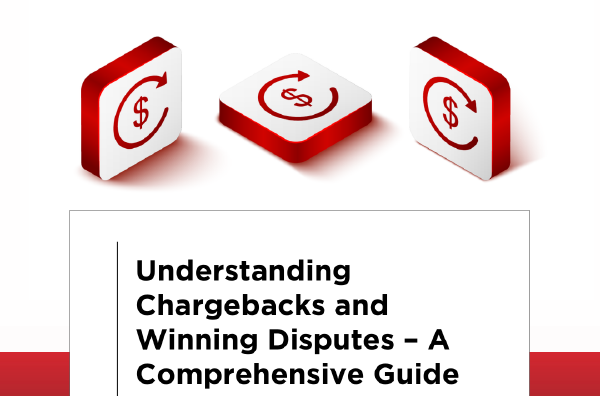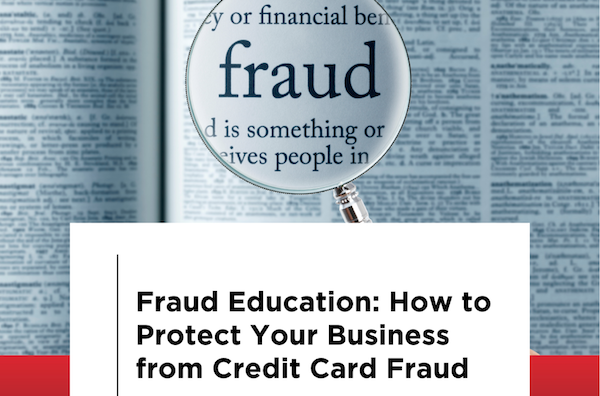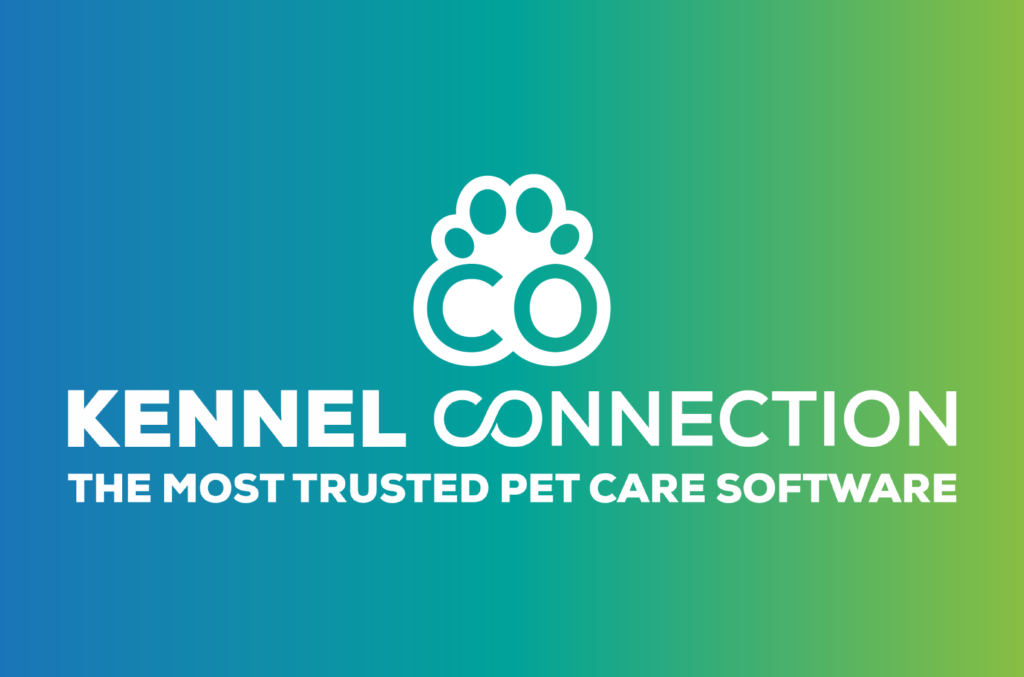
Understanding Chargebacks and Winning Disputes: A Comprehensive Guide
For business owners who use credit card processing to accept payments, chargebacks are an inevitable part of the process. A chargeback occurs when a customer disputes a transaction and asks their issuing bank to reverse the charges. This can be due to a variety of reasons such as fraud, mistaken identity, or dissatisfaction with the product or service. Chargebacks can be frustrating, time-consuming, and costly for your business. In this blog, we will demystify chargebacks and explain the process of disputing them. We will also provide some tips for merchants on what they can do to minimize their risk and win chargeback disputes.
What is a Chargeback?
A chargeback refers to a charge reversal that occurs when a customer disputes a transaction with their card issuer or bank. Chargebacks can happen for various reasons, including fraud, unauthorized transactions, product not received, or a customer being dissatisfied with the product or service received. The dispute process begins when a customer contacts their bank, which investigates and determines whether the charge is legitimate or not. One important thing to note is that chargebacks are not always legitimate. Some customers may try to scam merchants by claiming that they did not authorize a transaction when they actually did.
The process of disputing a Chargeback:
As a merchant, it’s crucial to be aware of the chargeback process to enable you to act quickly and efficiently in case of disputes. The card issuer sends a request to your payment processor, who passes the request to you, the merchant. You should check the reasons provided for the dispute and ensure you have all the necessary documentation to prove that the charge was legitimate. You should also ensure that you respond within the given timeframe, which is usually 14 days; otherwise, the card issuer may automatically rule in favor of the customer.
How to win a Chargeback dispute:
Winning a chargeback dispute requires proper preparation and documentation. The following are some steps you can take to increase your chances of winning a dispute:
- Ensure that your business policies and procedures are clear, such as the refund policy, delivery, and cancellation policies.
- Keep proper records of all transactions and customer interactions to provide evidence in case of a dispute.
- Provide detailed descriptions and images of the product or service to support why the charge is legitimate.
- Respond to the dispute within the given timeframe and provide all the necessary evidence to support your claim.
- When you process with 100GROUP, our dedicated team is available 24/7 to help navigate the dispute process and provide expert assistance
Other Relevant Information:
Merchants who accept credit card payments should also take steps to minimize their risk of chargebacks. Some best practices include clearly stating their return and refund policy, taking extra precautions for high-risk transactions (such as those involving international orders, high-value purchases, or industries prone to chargebacks), and using fraud prevention tools such as Address Verification Service (AVS) and Card Verification Value (CVV). By categorizing certain transactions as high-risk, merchants can proactively identify potential chargeback risks and implement additional security measures to mitigate them. Merchants should also work closely with their payment processor, like 100GROUP, to understand their chargeback risk and learn best practices for preventing and disputing chargebacks.
It’s essential to monitor your chargeback ratio, which is the number of chargebacks compared to the total number of transactions. A high chargeback ratio can negatively impact your business’s ability to accept credit card payments and may result in additional fees. Therefore, it’s important to track your chargebacks and take steps to reduce them by addressing any customer complaints promptly, ensuring that your products and services meet customer expectations, and providing excellent customer service. When you process with 100GROUP, our team can help you navigate the chargeback process, identify high-risk transactions, and provide expert assistance 24/7 to minimize your chargeback ratio and protect your business’s ability to accept credit card payments effectively.
Conclusion:
Chargebacks can be a frustrating and costly part of accepting credit card payments for merchants. However, with the right approach, merchants can minimize their risk and increase their chances of winning disputes. By understanding the dispute process, providing thorough and timely documentation, having clear and proper policies in place, and being vigilant about fraud, merchants can better protect their business and reputation. Working with a payment processor who specializes in chargeback prevention and dispute management can also be a valuable resource for merchants. Ultimately, when it comes to chargebacks, prevention is always better than cure. With these steps, you can effectively manage the chargeback process and protect your business from potential losses.




